African
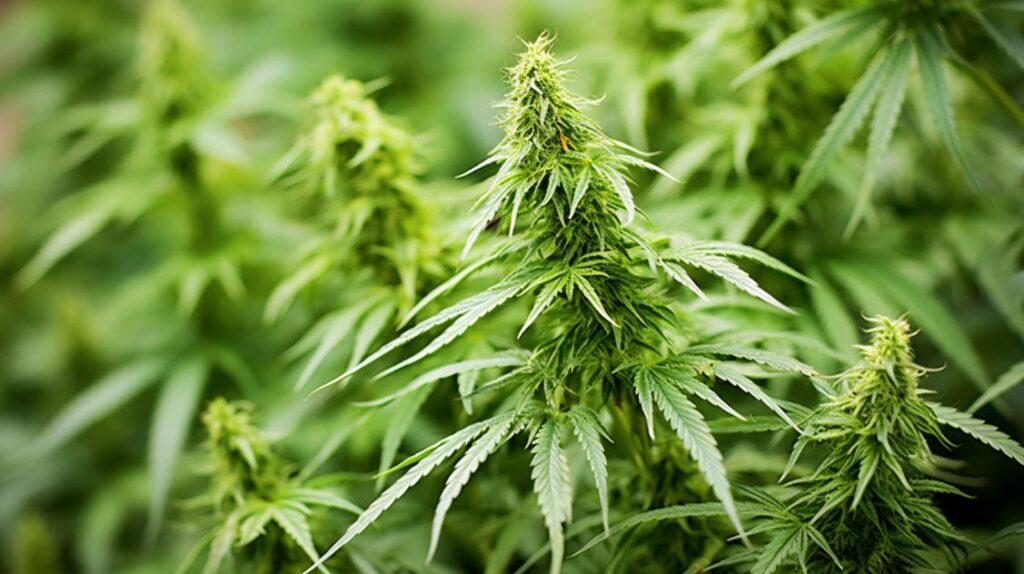
The term ‘African Weed Strain’ encompasses a unique and significant category within the cannabis taxonomy, referring specifically to the indigenous landrace strains from the diverse climates of Africa. These strains have not only adapted to their local environments but also exhibit characteristics that are highly sought after in the broader cannabis market, including their robust genetic lineage and distinct terpene profiles.
The cultivation of such strains involves nuanced understanding and techniques that ensure their preservation and propagation. As global interest in the therapeutic and recreational aspects of cannabis grows, the African Weed Strain stands out for its potential contributions to both cultural heritage and scientific research.
While their popularity is on the rise, many aspects of these strains remain shrouded in mystery, prompting a closer examination of their history, genetic makeup, and the implications they hold for the future of cannabis cultivation and use.
Genetic Lineage
African landrace strains, revered for their unadulterated genetic profiles, originate from a diverse tapestry of ecosystems across the continent, each contributing distinctive genetic traits that have been naturally selected to thrive in their respective environments. These landrace cannabis strains, such as Durban Poison, Malawi Gold, and Swazi Gold, are indigenous to Africa and have been cultivated and naturally adapted over millennia. Their genetic lineage is a testament to the resilience and diverse adaptive strategies of cannabis under varied climatic and geographical conditions.
Most African landrace strains are characterized as Sativa, with genetics fine-tuned for long growing cycles and high resistance to local pests and diseases. This categorization is indicative of their elongated plant structure, robust stems, and remarkable ability to weather fluctuating environmental stressors. The pure genetic lineage of these strains presents as a robust genomic foundation that has given rise to a multitude of contemporary hybridized varieties.
The genetic integrity of African landrace strains is crucial for their preservation and continued understanding. These strains are not only botanical treasures but also cultural artifacts, deeply woven into the fabric of African societies. They offer a window into the evolutionary journey of cannabis and underscore the importance of conserving genetic diversity within the species.
History and Origin
Building on the knowledge of the genetic lineage of these landrace strains, it is essential to explore the rich tapestry of their history and origin, which reflects thousands of years of cultivation and deep-seated cultural significances within African societies. African landrace strains, as the name suggests, are indigenous to the African continent, often found in regions that provide the ideal climatic conditions for sativa varieties. These strains are not only noteworthy for their genetic purity but also for their adaptation to the local environments, having been shaped by both natural selection and human cultivation practices over millennia.
The history and origin of these strains are intricately woven with the cultural fabric of Africa. They have been used in traditional ceremonies, medicine, and as a staple for recreational purposes, demonstrating their multifaceted role in African communities. Their persistence through time underscores the expertise and reverence these societies have for cannabis cultivation and consumption.
Here is a table that encapsulates the essence of African landrace strains:
| Attribute | Significance |
|---|---|
| Genetic Purity | A legacy of unadulterated cannabis genetics |
| Cultural Integration | Centuries of use in traditional practices |
| Adaptation | Evolution in response to Africa’s warm climate |
| Rarity | Limited availability, treasured by connoisseurs |
The technical and historical aspects of African landrace strains are as complex as they are fascinating, offering a window into the storied past of cannabis on the African continent.
THC/CBD Content
When considering the cannabinoid composition of landrace strains from Africa, one finds that these sativa-dominant plants typically exhibit moderate-to-high levels of THC with comparatively lower concentrations of CBD. The high THC levels in African strains are a reflection of their genetic heritage and evolutionary adaptations to their environment. These strains have developed under intense sunlight near the equator, which promotes the synthesis of greater quantities of THC, the principal psychoactive constituent of cannabis.
The cannabinoid profile of these landrace strains contributes to their unique effects, often described as energetic and uplifting, which is characteristic of sativa varieties. The THC to CBD ratio is a critical factor in the pharmacological properties and therapeutic applications of these strains. While THC is known for its strong psychoactive effects, CBD is recognized for its potential medicinal benefits without inducing a significant psychoactive experience.
Furthermore, the lower CBD levels typically found in African landrace strains are not an indication of inferiority but rather a trait that has been naturally selected for over thousands of years. The enduring presence of these strains suggests that their cannabinoid ratios are well-suited to their native climates and ecosystems. As cannabis research continues to advance, the nuances of these traditional strains’ cannabinoid content offer valuable insights into the plant’s diversity and complexity.
Terpene Profile
Delving into the terpene profile of cannabis strains originating from Africa, researchers have identified a unique combination of aromatic compounds that significantly influence the sensory and therapeutic qualities of these plants. One notable example is the world-renowned African strain ‘Durban Poison,’ which is celebrated for its distinct terpene composition. These terpenes not only provide a signature aroma but also contribute to the strain’s reputed effects, such as heightened energy and creativity.
The following table summarizes the key terpenes found in African weed strains like Durban Poison, highlighting their flavors, aromas, and potential effects:
| Terpene | Characteristic Contribution |
|---|---|
| Myrcene | Herbal flavor, calming and relaxing effects |
| Caryophyllene | Spicy, peppery notes, potential appetite-stimulant |
| Limonene | Citrusy aroma, may enhance mood and stress relief |
| Pinene | Pine scent, potential for increased alertness |
| Humulene | Woody, earthy tones, possibly anti-inflammatory |
These terpenes are part of the intricate mosaic that defines the African cannabis experience. Myrcene and limonene, in particular, are associated with strains that deliver an energetic and creative buzz, while caryophyllene’s presence is linked to its ability to potentially stimulate appetite. Understanding this terpene profile is crucial for consumers and medical professionals looking to harness specific qualities from these African strains.
Effects
Renowned for its invigorating effects, the African weed strain has been consistently reported by users to induce a state of heightened energy and creativity. This pure sativa landrace, emblematic of the quintessential sativa profile, is reputed for instigating a cerebral buzz that amplifies creative thought processes and stimulates physical activity. The energetic impact of this strain is a key attribute, often harnessed by individuals seeking a natural boost to combat fatigue.
The consumption of the African strain frequently leads to an increased appetite, colloquially known as the ‘munchies’. This effect can be particularly beneficial for those struggling with lack of appetite, offering a therapeutic avenue to stimulate hunger. Moreover, the strain’s uplifting qualities have been associated with alleviating symptoms of depression, contributing to its popularity as a mood enhancer.
However, it is imperative to note that the African weed strain’s potent effects are not without potential drawbacks. A minority of users have reported adverse reactions such as paranoia, headaches, and dry mouth. These side effects underscore the importance of dosage regulation and the acknowledgment of individual tolerance levels. The strain’s complex flavor profile, characterized by spicy, herbal notes with undercurrents of tobacco and pepper, further distinguishes it within the cannabis landscape.
Medical Uses
The African Weed Strain demonstrates significant therapeutic potential in addressing medical conditions such as lack of appetite, fatigue, and depression, as evidenced by substantial user testimonials.
This particular strain is believed to be one of the landrace strains, which are cannabis plants indigenous to certain regions of Africa and are genetically pure due to their isolation over thousands of years. These landrace strains are often sought after for their unique properties and potential health benefits.
In a technical and detailed examination of the African Weed Strain’s medical applications, the following points have been highlighted:
-
Lack of Appetite: Approximately 37% of users reported an increase in appetite, suggesting a possible role in counteracting anorexia or cachexia.
-
Fatigue: With 31% of users experiencing heightened energy levels, this strain may be utilized in managing chronic fatigue conditions.
-
Depression: A noteworthy 28% of users felt relief from depressive symptoms, indicating its potential as an adjunct therapy for mood disorders.
-
Landrace Genetics: The genetic purity of landrace strains like the African Weed Strain could offer more consistent therapeutic effects due to less crossbreeding.
-
Cultural Significance: The use of this strain in traditional medicine within its native region underscores its historical medical application and local acceptance.
These insights into the African Weed Strain’s medical uses are backed by user experiences and warrant further clinical investigation to validate and fully understand their scope.
Flavor and Aroma
Characterized by a distinctive blend of spicy, herbal, and tobacco notes, the African Weed Strain’s flavor and aroma profile offers a rich and complex sensory experience to its users. This particular strain is infused with a peppery undertone, enhancing both the flavor and aroma to deliver a distinctly memorable encounter with the plant. Connoisseurs can anticipate a palate graced by a full-bodied, earthy flavor that seamlessly complements the herbal aroma.
The intricate flavor and aroma spectrum of African Weed Strain is notably composed of this spicy, herbal, and tobacco mosaic. This creates a robust sensory impression that distinguishes it from other cannabis variants. Its pungency is matched by the depth of aromatic compounds present, which are likely to engage users in a nuanced exploration of taste and scent.
With its spicy, herbal, and tobacco flavors, the African Weed Strain stands out as a unique and aromatic experience tailored for cannabis aficionados. The strain’s flavor and aroma are not merely incidental but are intrinsic characteristics that define its identity and elevate its status among other strains. This complexity invites a detailed analysis and appreciation, highlighting the strain’s particular appeal to those seeking a sophisticated and rich cannabis experience.
Appearance
Vivid neon green buds adorned with bright orange pistils are the hallmark of African Weed Strains, reflecting a consistent THC concentration of around 10%. These visually striking characteristics not only serve as a marker for identification but also suggest a genetic robustness that is often associated with strains such as Malawi Gold.
The aesthetics of African Weed Strains deliver more than just visual appeal; they indicate the botanical and geographical nuances that contribute to their unique cultivation requirements and potency. To understand the visual complexity and botanical significance of these strains, consider the following descriptors:
- Bright neon green bud coloring, indicative of vigorous plant health.
- Prominent bright orange pistils, suggesting mature and well-pollinated flowers.
- A coating of trichomes that imparts a sticky texture and a glistening appearance.
- The slender, serrated leaves typical of sativa-dominant genetics, showcasing the strain’s heritage.
- A structure that showcases tall and sparse phenotypic traits of traditional landrace varieties like Malawi Gold.
In essence, the appearance of African Weed Strains is not merely a feast for the eyes but a testament to their storied history, adaptability to the African climate, and the careful selection and cultivation practices that have preserved their distinctive characteristics over time.
Grow Information
Building upon the distinctive visual traits of African Weed Strains, it is important to examine their cultivation needs, which include a preference for hot, arid climates and a resilience that allows them to flourish in varying weather conditions. African landrace strains are primed for survival in challenging environments, demonstrating a robust growth pattern that is particularly well-suited to the African continent’s diverse ecosystems.
These 100% sativa landraces exhibit an extended vegetative phase, with tall plants and slender leaves that are characteristic of their genetic lineage. The average indoor flowering period ranges from 56 to 63 days, while outdoor plants typically reach maturity by mid-October. Given their origins, these strains are accustomed to substantial sun exposure and can withstand significant fluctuations in temperature and humidity.
Cultivators of African landrace strains, such as Durban Poison, Malawi Gold, and Swazi Gold, must be adept at mimicking the natural conditions these plants would encounter in their indigenous locales. The elongated shape and strong stems of these plants contribute to their hardiness, allowing for greater adaptability to various cultivation practices.
The unique terroir of African landrace strains results in a diverse spectrum of flavors and effects, ranging from apple and berry notes to uplifting and energetic experiences. These original cannabis varieties offer connoisseurs an authentic encounter with the plant’s ancestral heritage.
Adverse Effects
Despite the many appealing qualities of African weed strains, users should be aware of potential adverse effects, including paranoia, headaches, dry mouth, psychoactive overload, and long-term risks.
These adverse effects can vary based on individual sensitivity, dosage, and frequency of use. While most effects are temporary and typically subside on their own, it is crucial for users to understand the full spectrum of possible reactions to better manage their experience.
-
Paranoia: A heightened state of anxiety and fear, often disproportionate to the actual situation. This can be particularly distressing for novice users or those predisposed to anxiety disorders.
-
Headaches: Ranging from mild discomfort to severe pain, headaches can be a distracting and unwelcome side effect that might impact the user’s ability to function normally.
-
Dry Mouth: Also known as cottonmouth, it involves a noticeable dryness in the mouth, which can be uncomfortable and may lead to bad breath or difficulty in swallowing.
-
Psychoactive Overload: In some individuals, the potent psychoactive components can lead to cognitive impairment or disorientation, affecting one’s ability to perform tasks that require focus and coordination.
-
Long-term Risks: Although research is ongoing, chronic use may be associated with long-term risks such as memory impairment or altered brain development, particularly in younger users.
Acknowledging these adverse effects is essential for informed use and harm reduction, as it allows individuals to weigh the benefits against potential risks.
Comparisons with Similar Strains
Frequently compared for their similar energizing effects, strains like Durban Poison and Ethiopian share characteristics with African landrace sativas, offering users an alternative with comparable uplifting qualities. These strains, like their African counterparts, exhibit the classic Sativa growth pattern – tall stature with cone-shaped buds.
Their high THC content and terpene profiles contribute to a cerebral and invigorating high that is sought after by those dealing with fatigue or requiring a boost in creativity.
Durban Poison, originating from South Africa, is often mentioned alongside African landrace strains due to its pure Sativa lineage. It delivers an energetic buzz with a sweet and spicy aroma which is reminiscent of Malawi Gold’s spicy/herbal notes or Swazi Gold’s mango scent.
The Ethiopian strain, while less known, also offers a similar energetic high, with its genetic makeup rooted in the highland regions of Ethiopia, thereby sharing a common heritage with landrace strains like Kwazulu and Kilimanjaro.
These African landrace strains are not only comparable in their energizing effects but also in their therapeutic potential. They are utilized to alleviate symptoms of lack of appetite, depression, and fatigue, paralleling the medical applications of the African Weed Strain.
For enthusiasts seeking potent and serene experiences akin to the African strain, options like Afrikaner and Coffee Gold are notable for their tranquil effects, further broadening the spectrum of comparable strains.
Research and Studies
While the anecdotal and cultural evidence regarding the energetic and therapeutic effects of African landrace strains is compelling, ongoing research and studies provide a more structured understanding of their pharmacological properties and potential medical applications. Scholars and clinicians are examining the unique cannabinoid and terpene profiles inherent to these strains, which may offer novel approaches to treating a variety of conditions.
The scientific scrutiny of African weed strains is elucidating their potential in the following areas:
-
Phytochemical Diversity: Mapping the specific cannabinoid and terpene compositions that contribute to the strains’ unique effects.
-
Genetic Resilience: Studying the genetic adaptability of African landraces that might contribute to pest and disease resistance.
-
Neuropharmacological Effects: Investigating the neuromodulatory properties that could influence conditions such as anxiety, depression, and PTSD.
-
Pain Management: Assessing the efficacy of African strains in chronic pain relief compared to other pharmacological interventions.
-
Cultural Preservation: Understanding the importance of preserving these landrace strains for their cultural significance and potential genetic value.
Through these technical and detailed investigations, the global scientific community is gradually uncovering the intricate characteristics of African weed strains, which could significantly impact future therapeutic practices and cannabis cultivation.
Frequently Asked Questions
What Are South Africa’s Best Weed Strains?
South Africa’s prominent cannabis varieties, such as Durban Poison and Malawi Gold, reflect a rich cultivation heritage. These strains are celebrated for their distinctive effects and contribute to the region’s diverse botanical legacy.
What Is the Strongest Weed in the World 2023?
As of 2023, the strongest weed in terms of global potency is subjective and varies based on THC content, with certain hybrid strains potentially reaching upwards of 30% THC in controlled cultivation environments.
What Weed Strains Are Black?
In exploring strain origins, certain cannabis varieties exhibit dark, almost black hues. These phenotypes result from specific breeding, which amplifies pigments like anthocyanins, particularly under cooler growing conditions.
What Is the Strain Ghana Weed?
Ghana Weed, a Sativa landrace strain, thrives in warm climates and requires experienced cultivation techniques. It offers moderate THC potency and is favored for its invigorating effects and unique flavor profile.

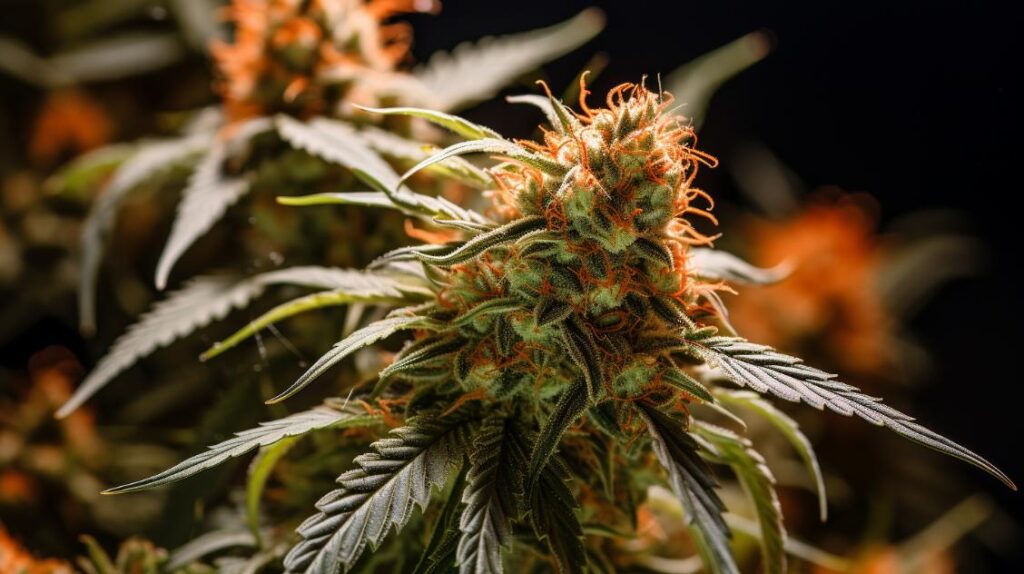
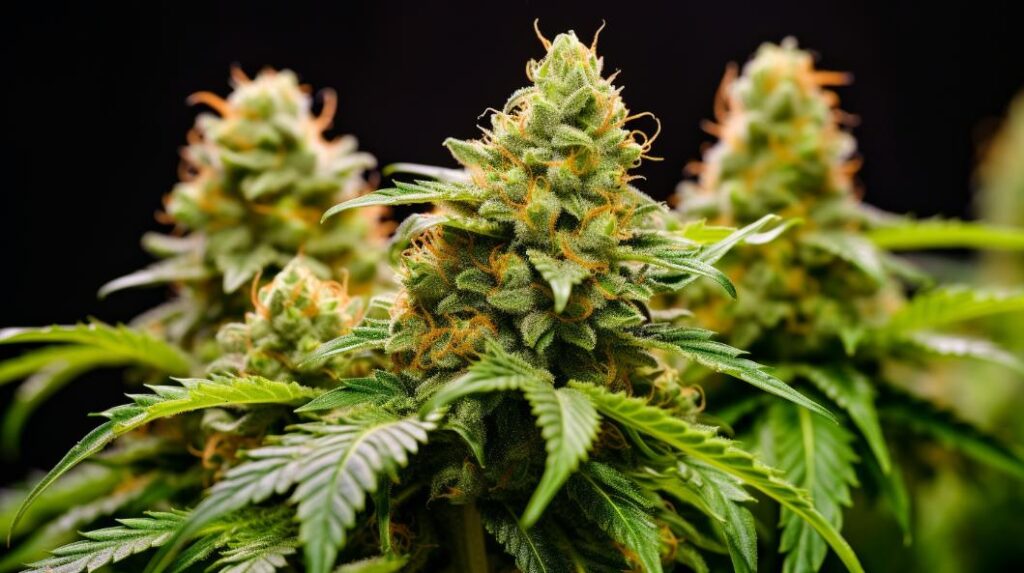
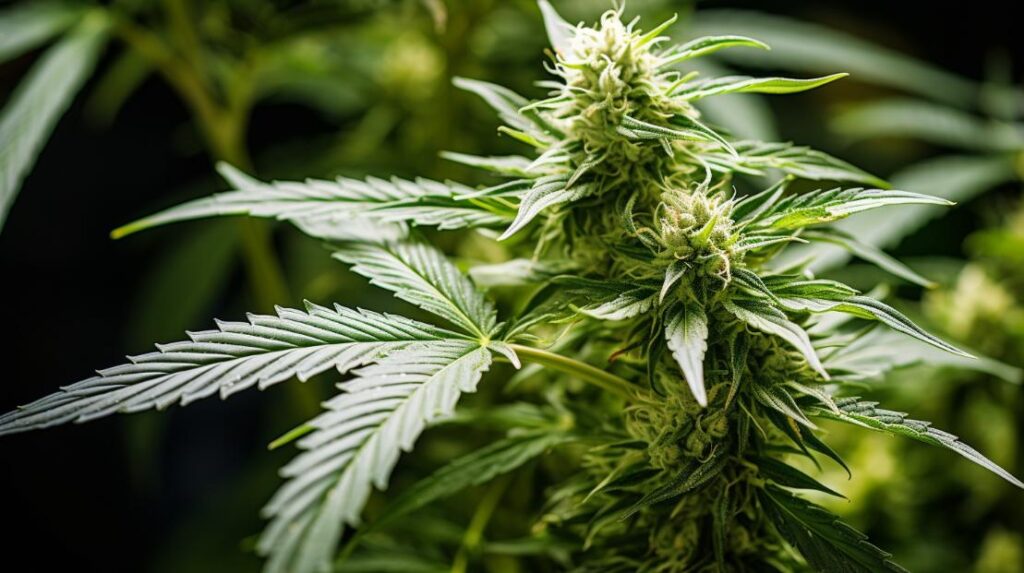
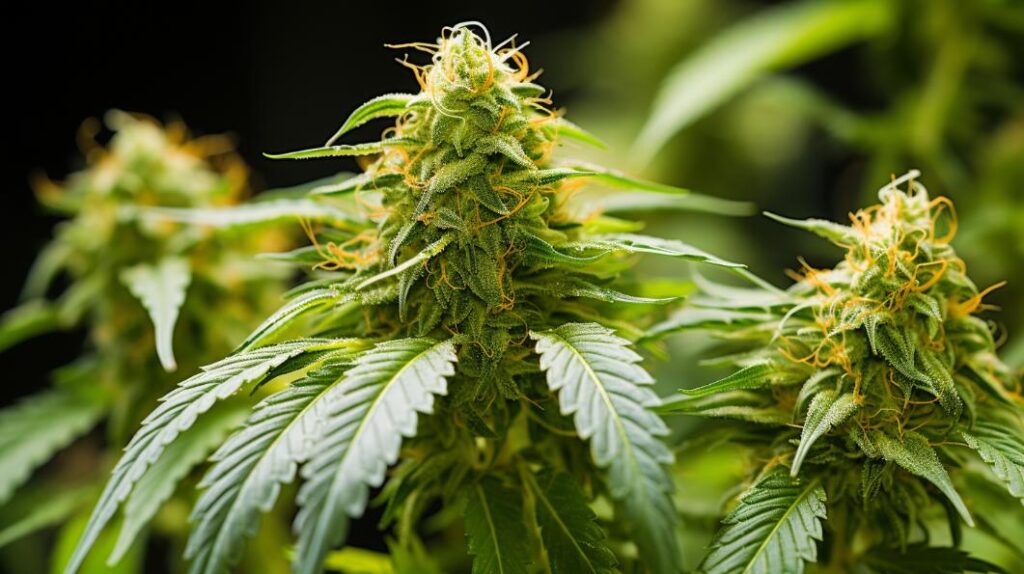
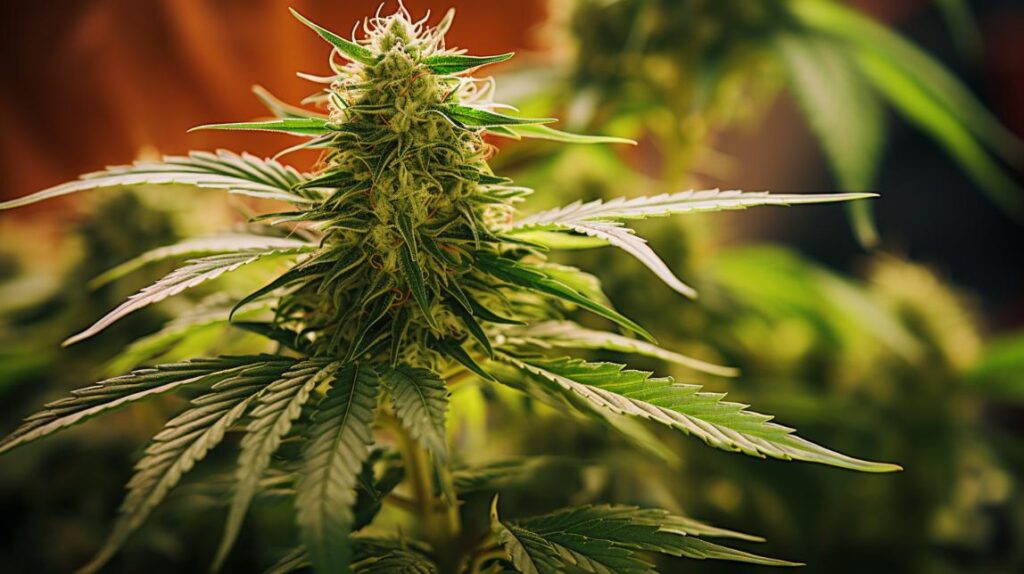

Responses